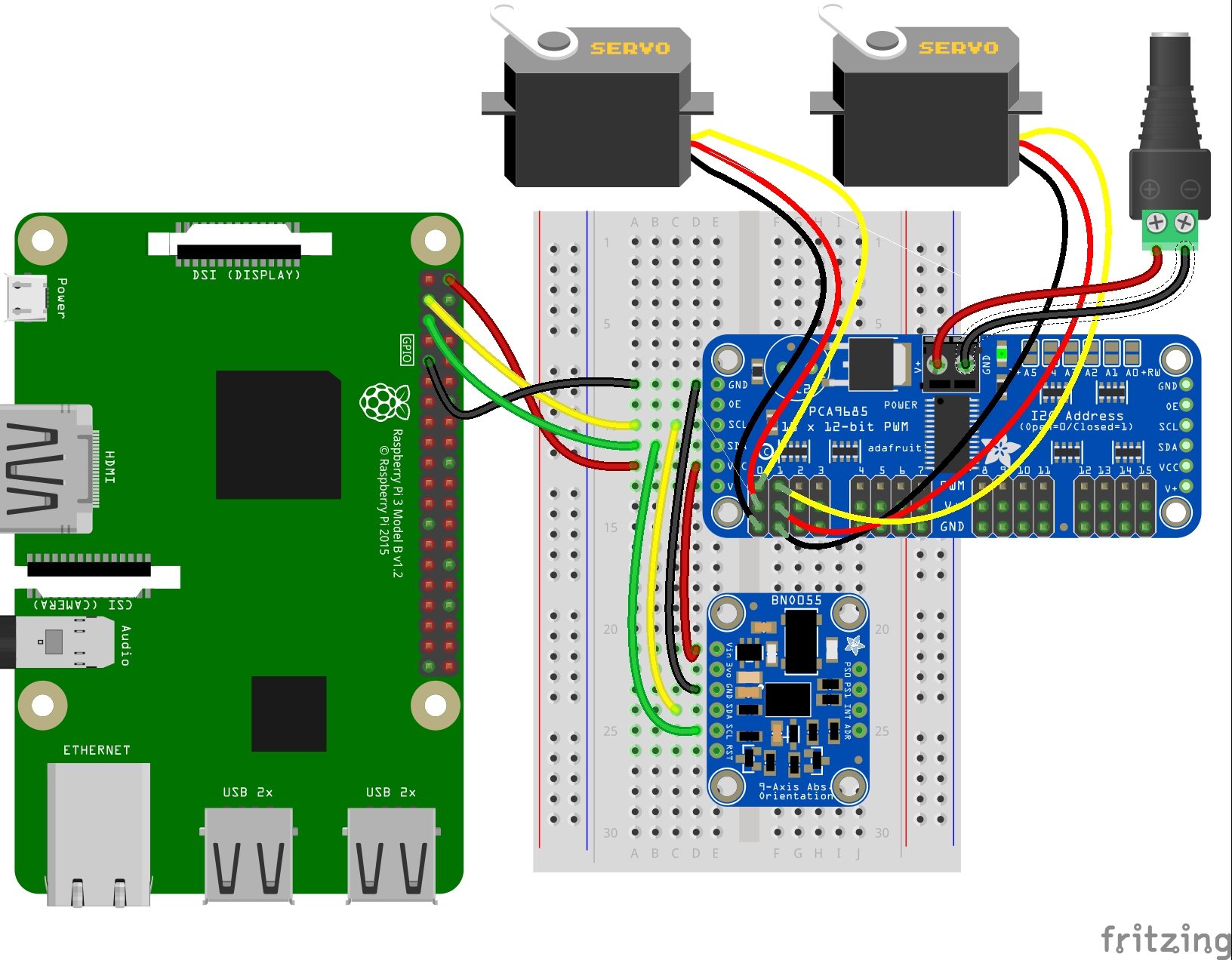Secure Raspberry Pi From Anywhere: Guide & Tips
Are you intrigued by the prospect of wielding complete control over your Raspberry Pi, no matter where you are on the globe? The ability to securely manage your Raspberry Pi from any location isn't just a technological marvel; it's a gateway to unparalleled convenience, efficiency, and innovation.
The digital landscape is perpetually evolving, and with it, our need for remote access to our devices. The Raspberry Pi, a compact and versatile single-board computer, has become a cornerstone for hobbyists, tech enthusiasts, and professionals alike. Its potential spans from home automation and server management to intricate IoT projects. However, the real power of a Raspberry Pi is unleashed when you can access it from anywhere. This article delves into the methods, tools, and best practices to achieve this securely and efficiently.
To effectively manage your Raspberry Pi remotely, it is helpful to understand the different methods available. One of the most common and versatile methods is Secure Shell (SSH). SSH is a secure protocol that enables remote access to your Raspberry Pi's command line. This allows you to control the device, run commands, and transfer files seamlessly over a network. Moreover, Virtual Network Computing (VNC) offers a graphical interface solution, allowing you to view and interact with your Raspberry Pi's desktop environment. These solutions, when combined with secure practices, provide a comprehensive way to remotely manage your device.
- Alice Rosenblum Leaks Latest Updates Exclusive Content
- Charlie Austin Cryer Unveiling The Son Of Jon Cryer Sarah Trigger
VNC Connect, recently introduced, leverages a cloud connection to streamline the process of accessing your Raspberry Pi from any location. This service simplifies the setup and enhances the ease of use, particularly for those less familiar with complex network configurations. With VNC Connect, you can access your Raspberry Pi's graphic interface directly, making it easier to interact with your projects.
Beyond these core methods, exploring options like Zerotier and the use of services such as pinggy.io can provide additional layers of security and convenience. Zerotier allows you to create a secure, virtual network that connects your Raspberry Pi to your other devices, while pinggy.io helps create secure tunnels for accessing your device over the internet. By understanding the strengths and weaknesses of each of these methods, you can create a customized remote access solution that meets your specific needs.
To remotely control your Raspberry Pi from any device connected to the internet, several approaches can be taken. This includes exposing SSH or VNC over the open internet, utilizing a VPN, or employing external services. Each method offers its own set of advantages and considerations concerning security and accessibility.
- Kristi Noem Bikini Photo Viral Buzz Reactions
- Alice Rosenblum From Rise To Leaks Onlyfans What You Need To Know
One of the most straightforward methods is to use a service like RealVNC's cloud VNC viewer. This allows you to access your Raspberry Pi's graphical interface directly. Also, Raspberry Pi Connect provides a free screen-sharing and remote shell service designed specifically for Raspberry Pi OS. This service offers a secure remote access solution that directly integrates into your browser, providing easy access to your Raspberry Pi's desktop and command line.
The key to secure remote access lies in understanding and implementing best practices. Regardless of the chosen method, ensuring strong passwords, enabling two-factor authentication, and keeping your Raspberry Pi and related software up to date are essential. These practices create a strong defense against potential vulnerabilities and ensure the continued security of your remote access setup.
Article Recommendations
- Jackermans Mothers Warmth Chapter 3 What You Need To Know
- Yannick Bissons Life Murdoch Mysteries Family Wife Chantal Craig



Detail Author:
- Name : Paige Wilderman
- Username : rrippin
- Email : jesus09@lindgren.biz
- Birthdate : 1984-09-22
- Address : 122 Zelma Forks Hilbertshire, IA 22311
- Phone : +1-562-419-8501
- Company : Gerhold, Hegmann and Borer
- Job : Forming Machine Operator
- Bio : Atque perspiciatis perferendis quo eligendi aut occaecati vitae. Voluptas animi quo voluptatem nisi. Optio et aut voluptatem numquam aut.
Socials
twitter:
- url : https://twitter.com/keely_real
- username : keely_real
- bio : Ut sint dolor pariatur officiis ut quidem eligendi. Ipsum commodi non dolorum et harum autem. Nihil et cupiditate quae eos quod sint consequuntur expedita.
- followers : 640
- following : 2278
tiktok:
- url : https://tiktok.com/@keely_bogan
- username : keely_bogan
- bio : Dolore enim ex placeat quo quia voluptate.
- followers : 3530
- following : 2440
facebook:
- url : https://facebook.com/keely_official
- username : keely_official
- bio : Qui accusantium perferendis similique.
- followers : 3404
- following : 1706
linkedin:
- url : https://linkedin.com/in/kbogan
- username : kbogan
- bio : Enim ex sint eligendi ducimus soluta est sunt.
- followers : 6491
- following : 911